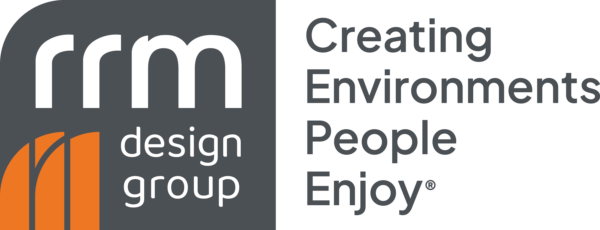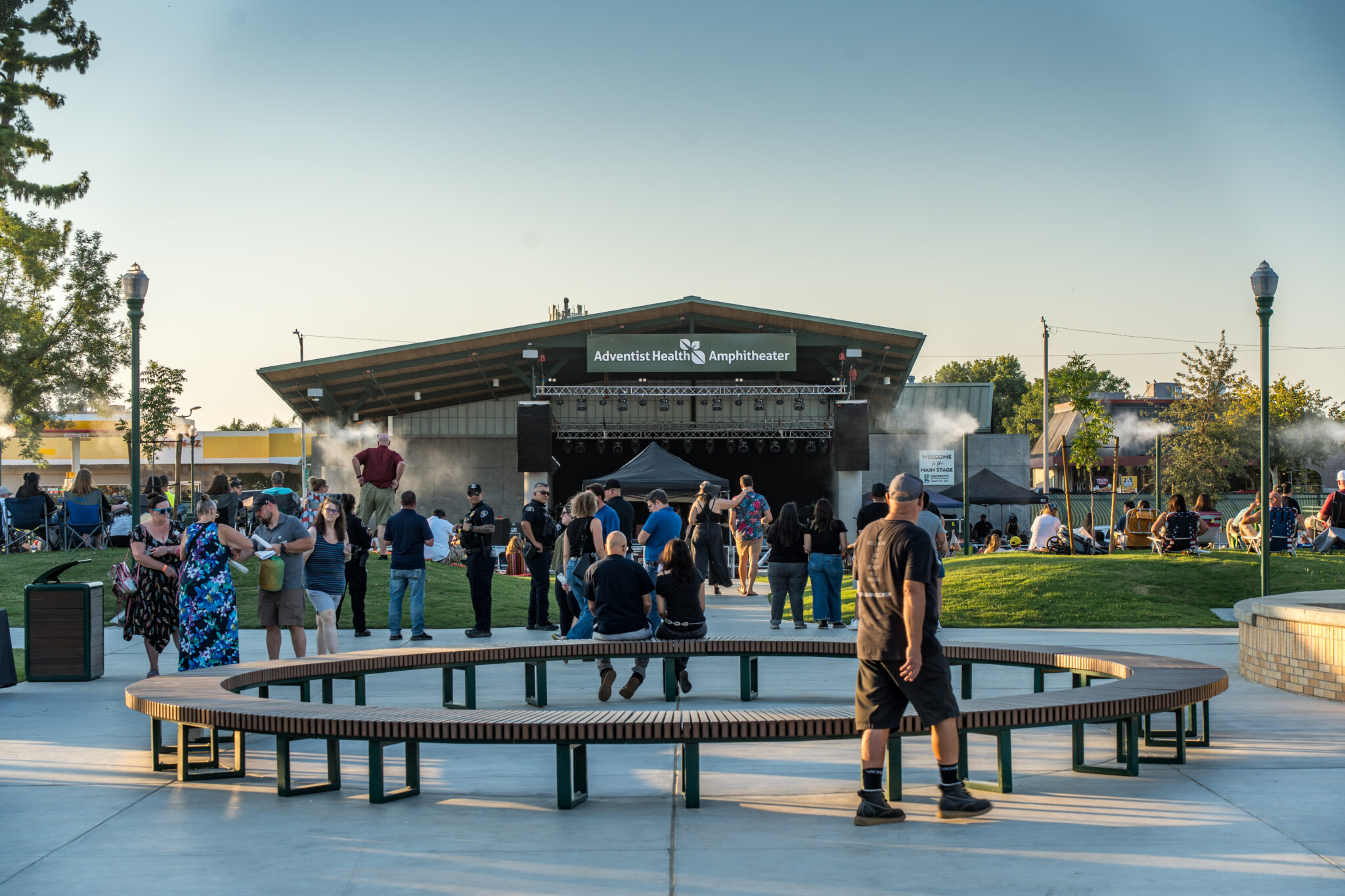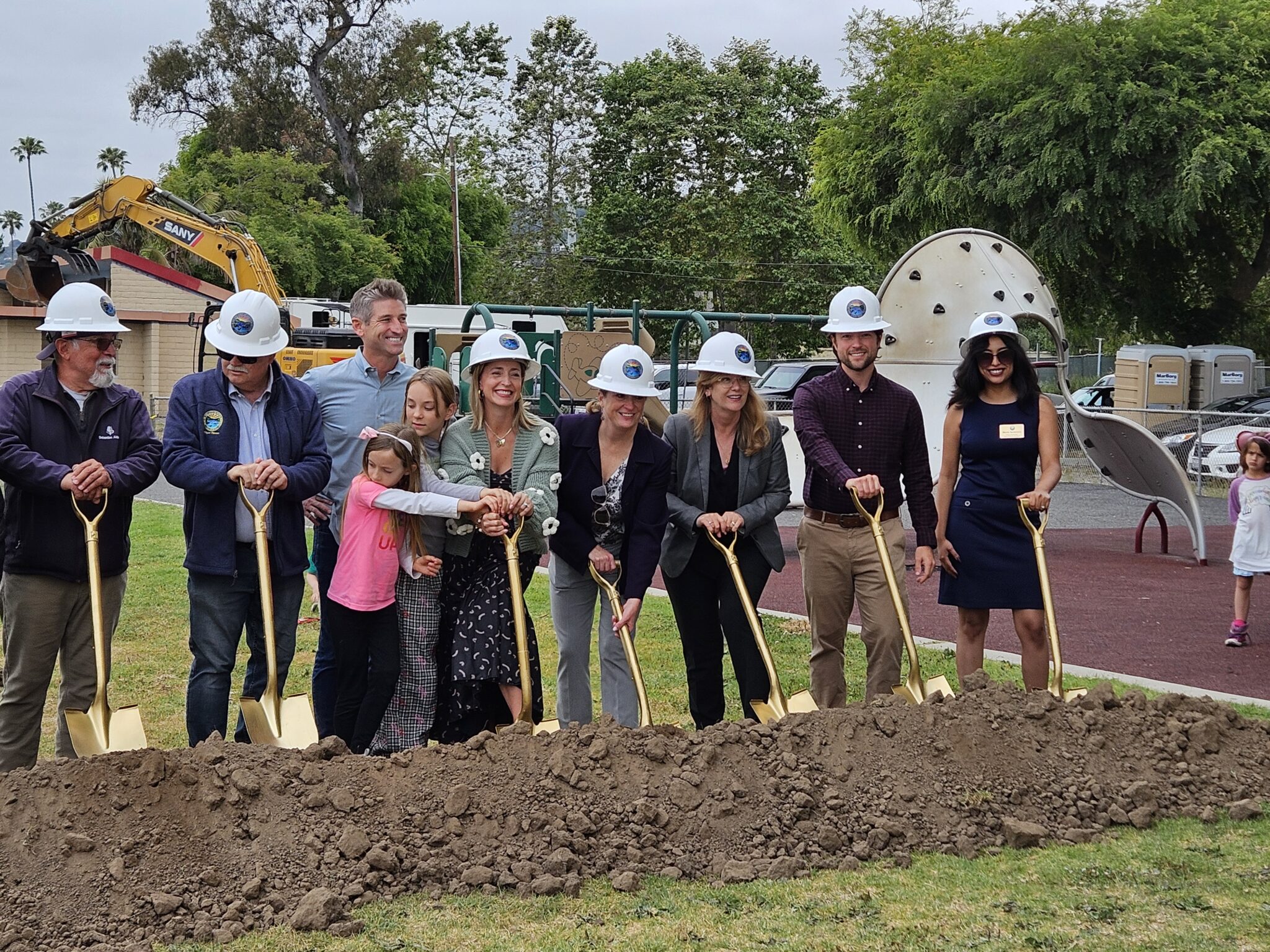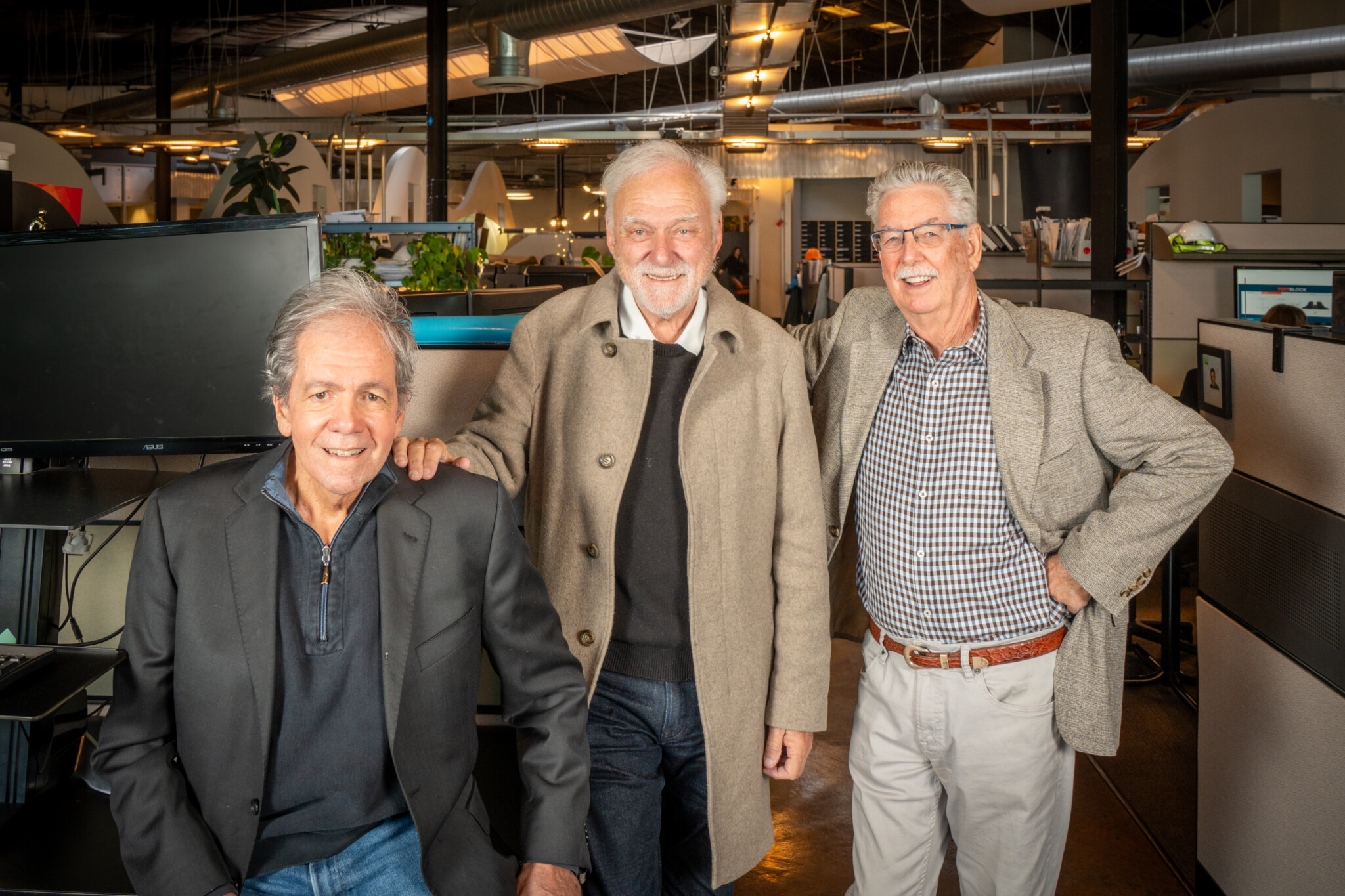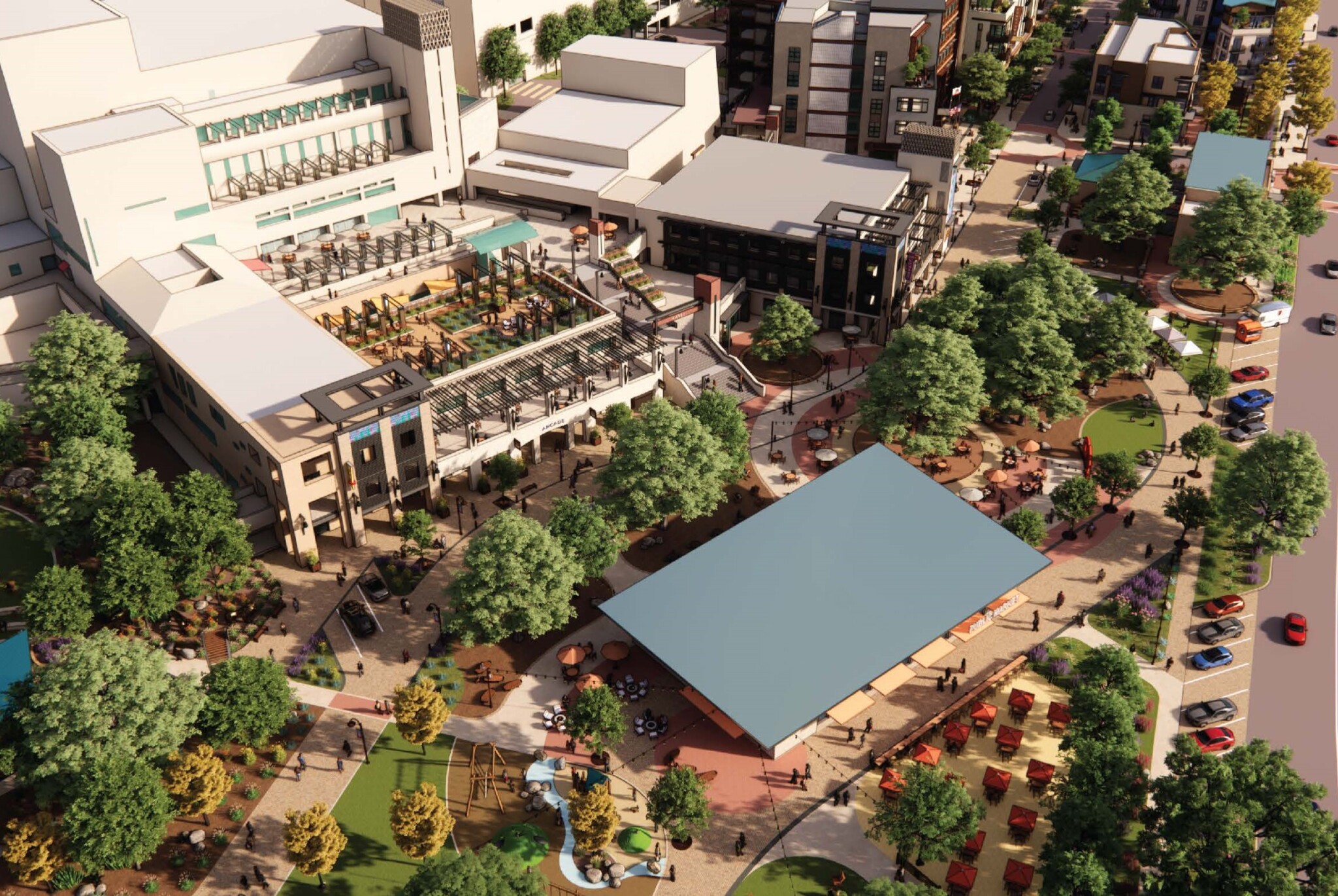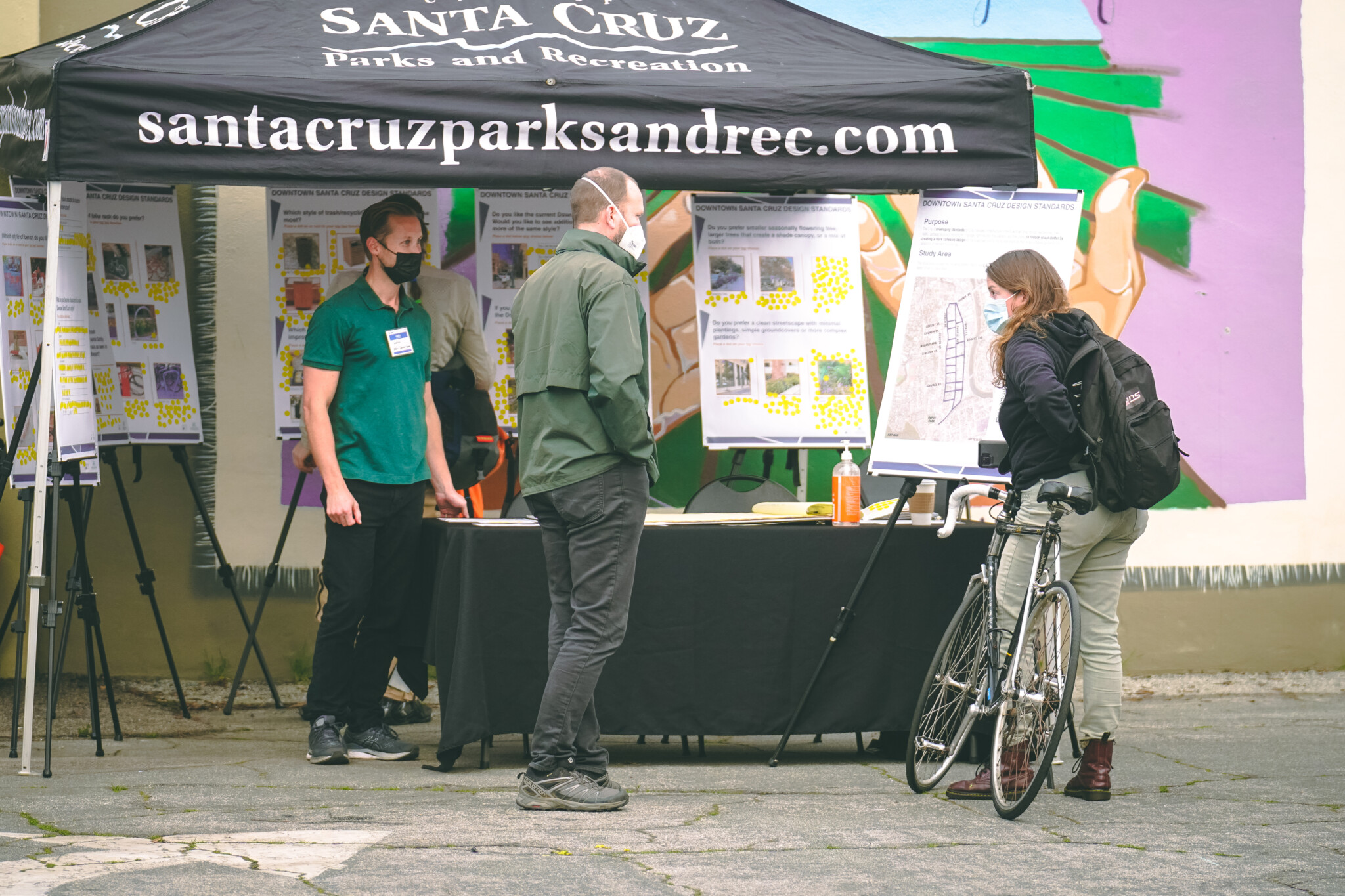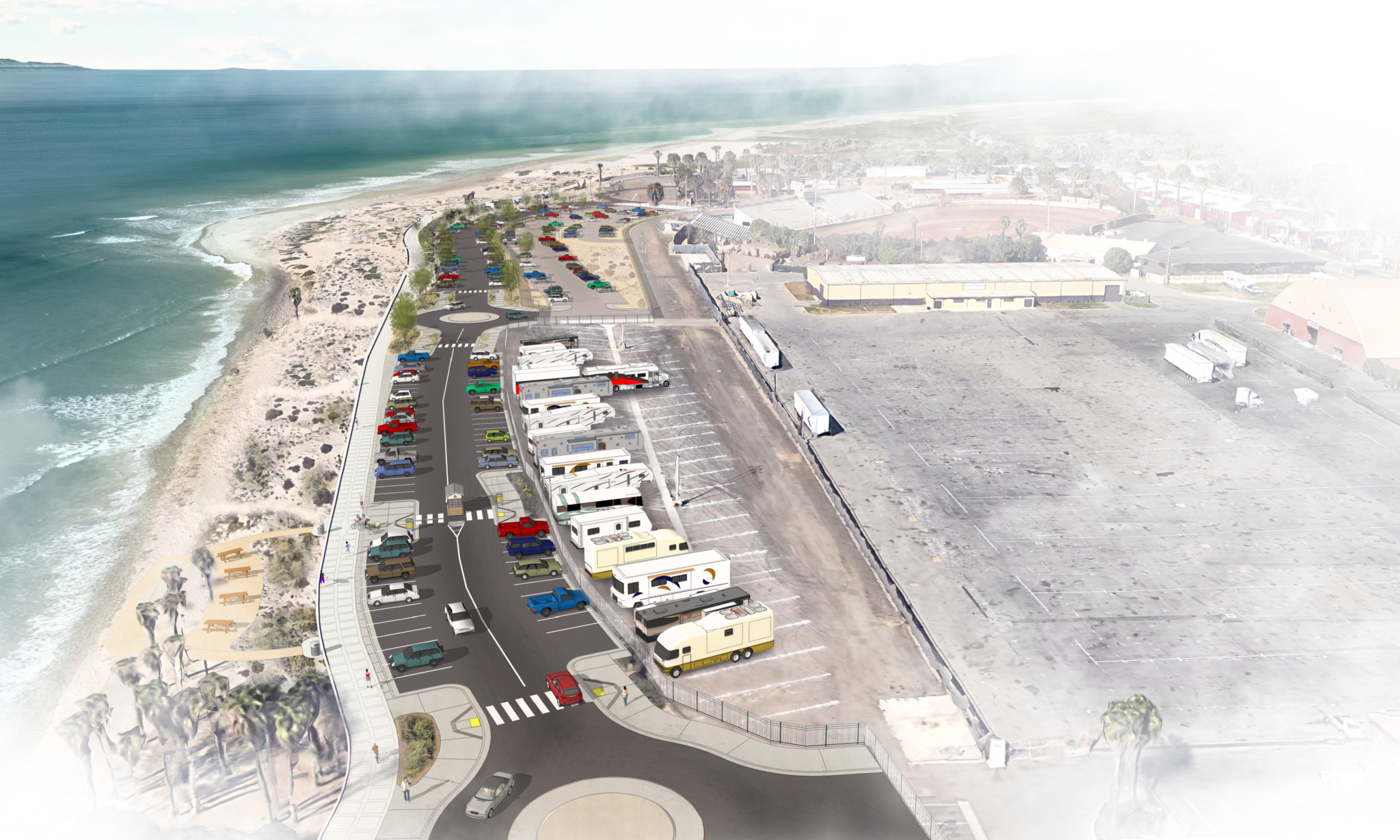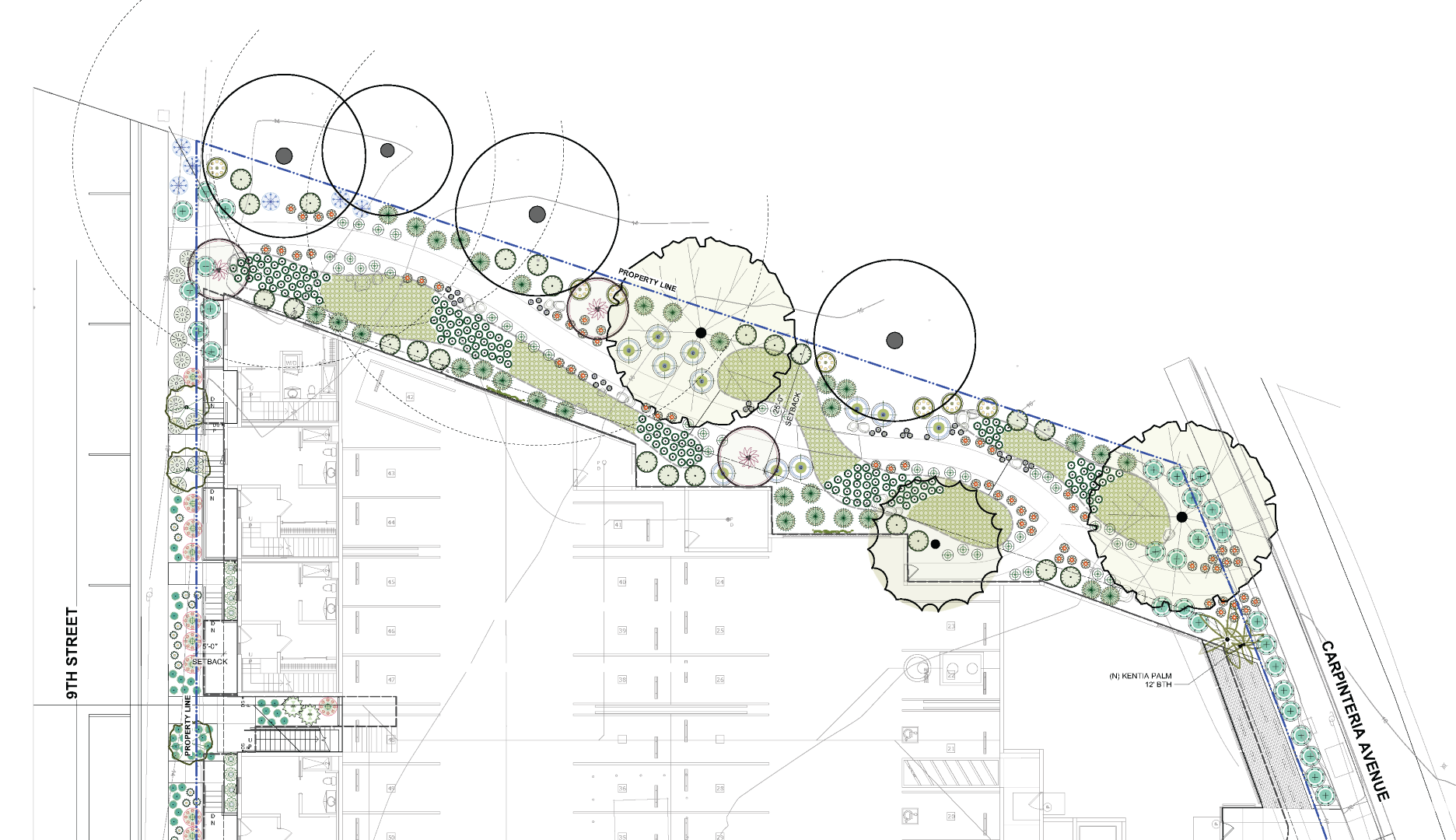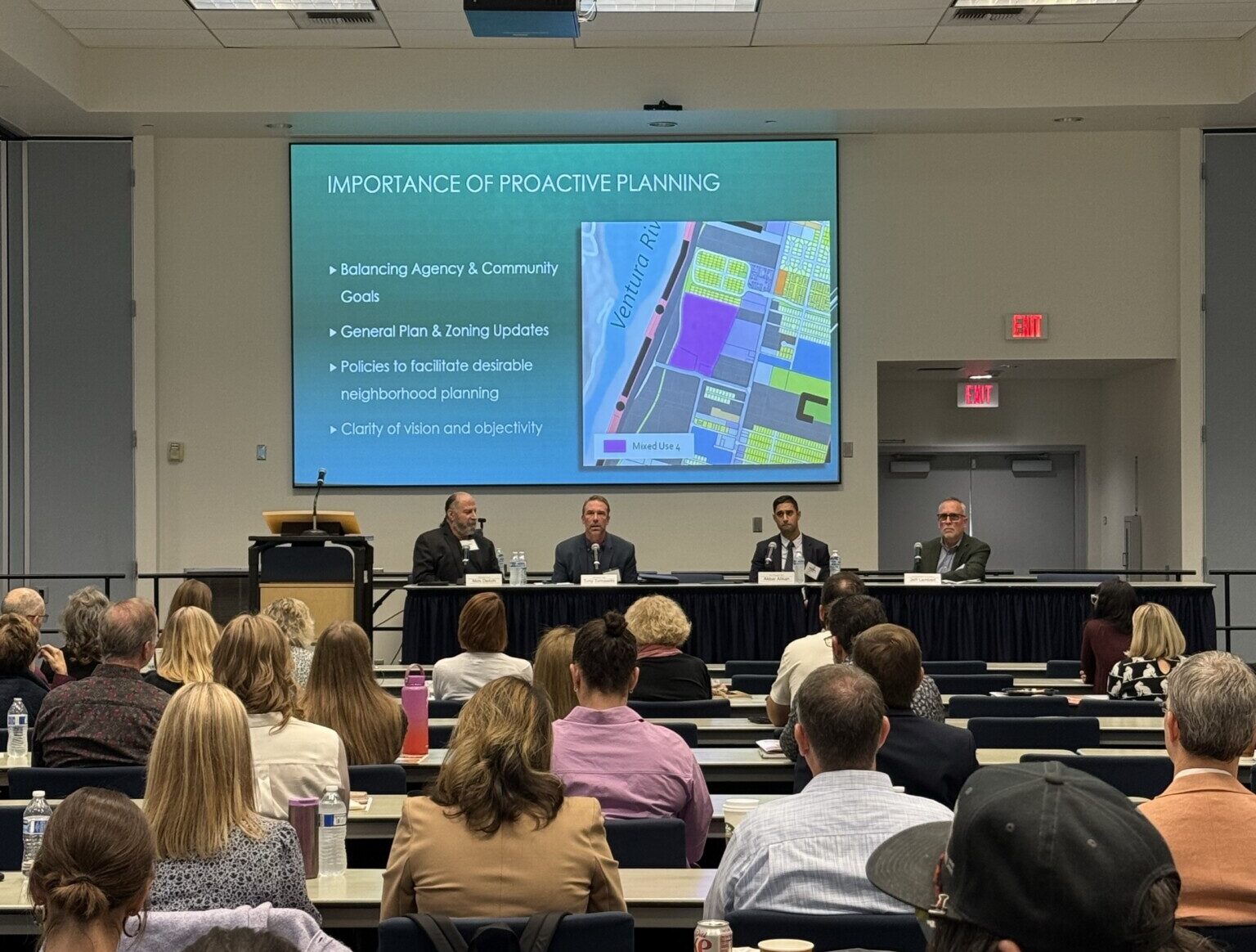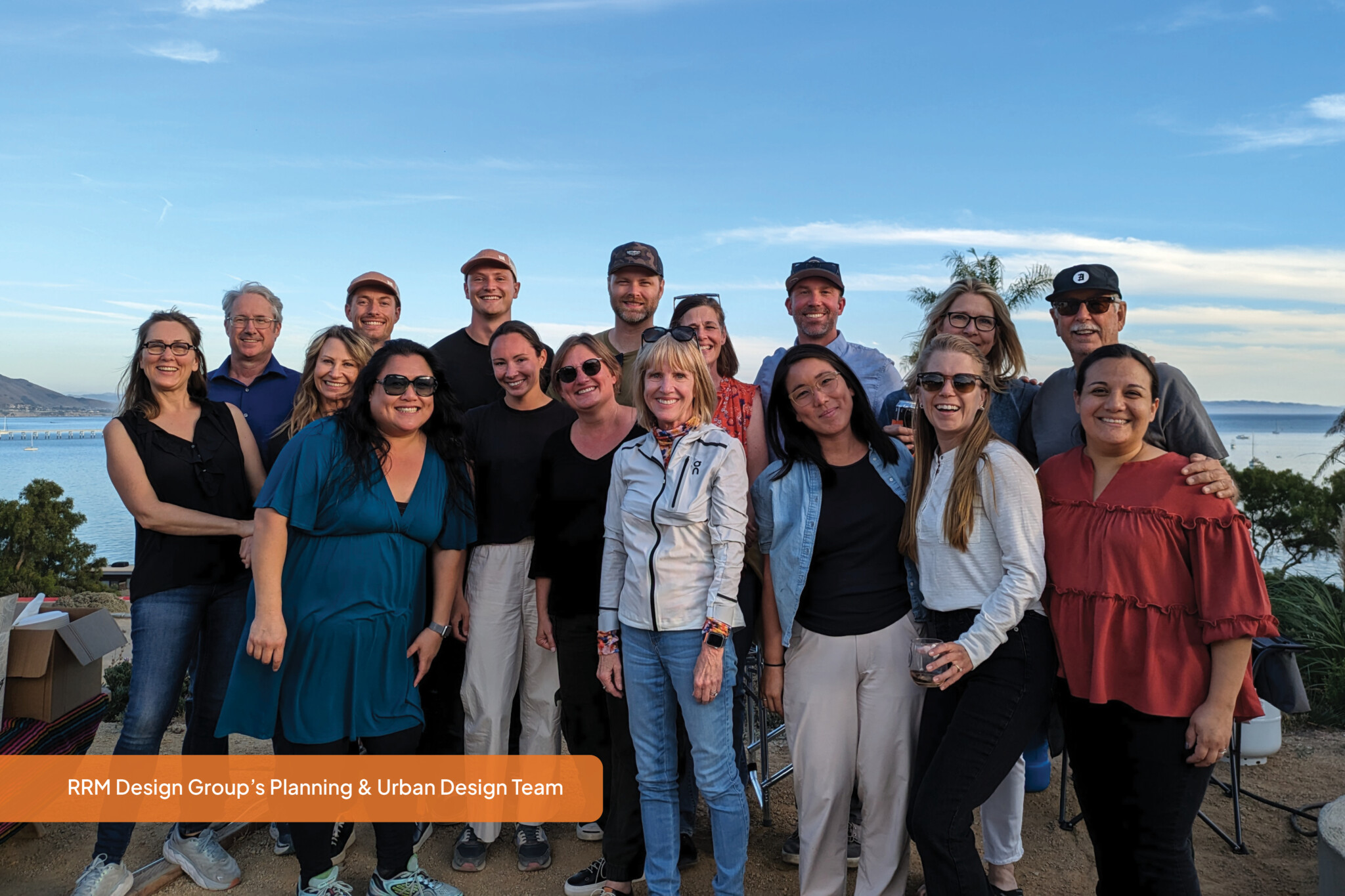The reality is that the majority of our “Schools of the Future”, already exist. The number of renovations, additions, and modernizations to existing school facilities will continue to outpace the amount of new school construction, due to the inherent value of existing school district facilities, rising construction costs, available funding, and community collaboration and input.
The good news is that renovation of existing school district facilities can have more of a significant impact than most people realize. Building renovations and modernizations can result in meaningful and appropriate improvements for learning environments and have positive impacts on:
- Educational programs
- Student and staff morale
- Community perception and pride for community schools.
Building renovations are often viewed as a mundane and uninteresting process because a significant portion of renovations is typically done above ceilings, behind walls and underground; resulting in minimal perceptible improvements.
 By working strategically, a balance between the required infrastructure upgrades and educational program-related improvements can be achieved. By implementing upgrades to the educational environment and appropriateness of existing spaces, you can:
By working strategically, a balance between the required infrastructure upgrades and educational program-related improvements can be achieved. By implementing upgrades to the educational environment and appropriateness of existing spaces, you can:
- Foster improvements in student achievement
- Enhance your educational programs
- Develop support from students, teachers, and the community
It is very important to organize ahead of time the planning process and establish a vision and guiding principles for your facilities projects. If you begin a renovation process with limited thinking, you will have limited results. If you are not afraid to engage in a thorough “visioning” process, to ask the big questions, and to trust the planning process, your results can exceed your highest expectations, and you can get the most out of a renovation project.
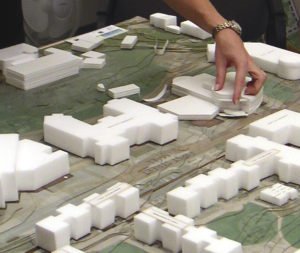 At the beginning of a building renovation, the process should be approached using the same methodology that you would apply in the design of a new school. Input should be gathered from administrators, faculty, students and members of the community in order to thoroughly understand the concerns, needs, and expectations regarding your educational facilities, as well as how your educational program and teaching methods can improve. There should be a public and transparent discussion that actively gauges whether your schools are currently meeting the needs of students, staff, and community. There also needs to be an understanding of how your community is changing and discussion on how to best meet the needs of the community over the next 20 – 30 years.
At the beginning of a building renovation, the process should be approached using the same methodology that you would apply in the design of a new school. Input should be gathered from administrators, faculty, students and members of the community in order to thoroughly understand the concerns, needs, and expectations regarding your educational facilities, as well as how your educational program and teaching methods can improve. There should be a public and transparent discussion that actively gauges whether your schools are currently meeting the needs of students, staff, and community. There also needs to be an understanding of how your community is changing and discussion on how to best meet the needs of the community over the next 20 – 30 years.
The Planning process can be just as important as the outcome. Benefits to the district are increased significantly when your staff, students, and community are engaged in the process.
One way to be assured of meaningful engagement is by giving people opportunities for meaningful input:
- The level of input and the methodology of engagement will vary, but ultimately a district-wide Planning Committee should be formed to explore big-picture issues and to work directly with the architect and planners.
- Additionally, it is often beneficial to create a school improvement committee at each site composed of teachers, students, and members of the community, to help shape and steer a facility renovation project. This will not assist in identifying and prioritizing the most critical needs at each school.
In addition to the physical plant improvements that you would expect from a renovation project, staff development and morale can be significantly enhanced. A collaborative planning process, discussing education and the design of future learning environments can lead to an incredible educational dialogue throughout the district and the community, fostering change and improvements in your schools, as well as fostering community support.
